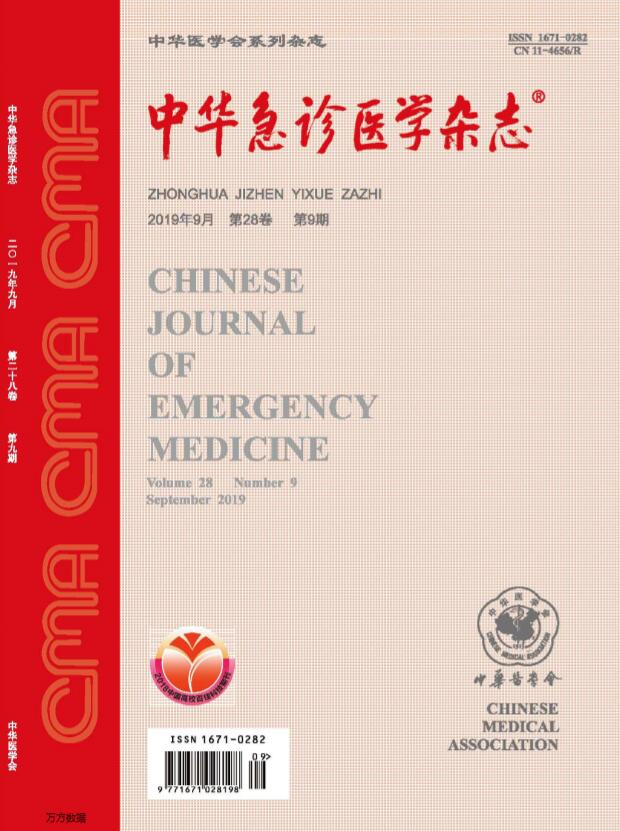腋窝静脉穿刺超声定位的安全性评价
Q4 Nursing
引用次数: 0
摘要
目的探讨超声定位和同源表面定位(Magney)腋窝静脉穿刺置管的成功率和安全性。方法2017年1月至2018年9月,共有80名患者进入EICU。他们被随机分为Magney法(n=35)和超声引导法(n=45)。记录穿刺成功次数、成功率和并发症。结果Magney法一次穿刺成功率(25.7%vs 68.9%,P<0.01)、穿刺2次以上成功率(34.3%vs 11.1%,P=0.012)、总成功率(82.9%vs 100%,P=0.004)与超声引导法相比有显著性差异。两种穿刺方法均为误穿刺,差异无统计学意义。Magney法2例发生血肿,1例发生臂丛神经损伤,但48小时内未发生感染。而超声引导法未发现这种情况。结论超声引导下腋窝静脉穿刺是一种安全有效的中心静脉置管方法,其成功率和安全性均高于Magney法。关键词:腋静脉;中心静脉导管插入术;超声;并发症;Magney法本文章由计算机程序翻译,如有差异,请以英文原文为准。
Safety evaluation of ultrasound location in axillary venipuncture
Objective
To explore the success rate and safety of axillary venipuncture catheterization with ultrasound localization and homologous surface localization (Magney).
Method
A total of 80 patients were enrolled in the EICU from January 2017 to September 2018. They were randomly assigned to the Magney method (n=35) and the ultrasound-guided method (n=45). The number of successful punctures, success rate and complications were recorded.
Results
Compared with ultrasound-guided method, the one-time success rate (25.7% vs 68.9%, P<0.01), puncture greater than 2 times (34.3% vs 11.1%, P=0.012), and total success rate (82.9% vs 100%, P=0.004) in Magney method were significantly different. Both of the two puncture methods were mis-invasive, and the difference was not statistically significant. In Magney method 2 patients occurred hematoma and 1 patient brachial plexus injury, but no infection occurred within 48 h. While no such occurrence was found in ultrasound-guided method.
Conclusion
Ultrasound-guided method axillary venipuncture is a safe and effective method of central venous catheterization, which has higher success rate and safety than Magney method.
Key words:
Axillary vein; Central vein catheterization; Ultrasound; Complications; Magney method
求助全文
通过发布文献求助,成功后即可免费获取论文全文。
去求助
来源期刊

中华急诊医学杂志
Nursing-Emergency Nursing
CiteScore
0.10
自引率
0.00%
发文量
8629
期刊介绍:
Chinese Journal of Emergency Medicine is the only national journal which represents the development of emergency medicine in China. The journal is supervised by China Association of Science and Technology, sponsored by Chinese Medical Association, and co-sponsored by Zhejiang University. The journal publishes original research articles dealing with all aspects of clinical practice and research in emergency medicine. The columns include Pre-Hospital Rescue, Emergency Care, Trauma, Resuscitation, Poisoning, Disaster Medicine, Continuing Education, etc. It has a wide coverage in China, and builds up communication with Hong Kong, Macao, Taiwan and international emergency medicine circles.
 求助内容:
求助内容: 应助结果提醒方式:
应助结果提醒方式:


